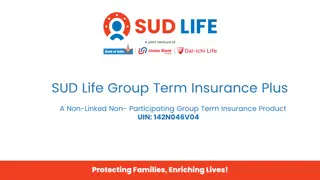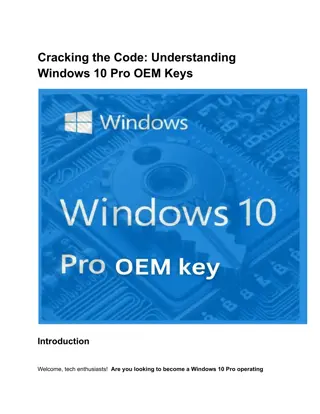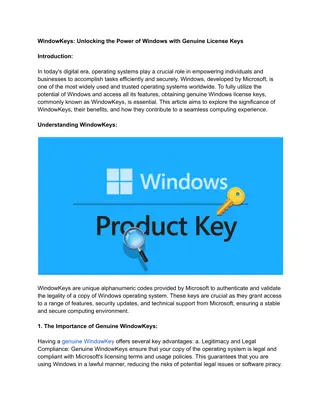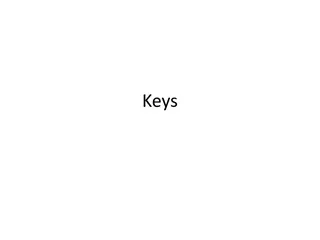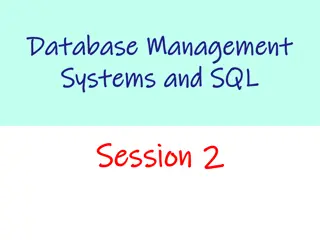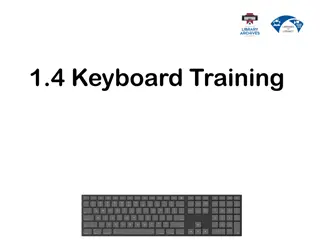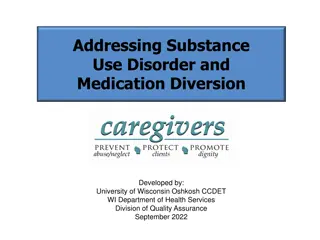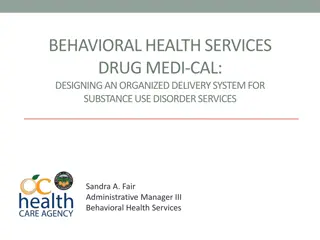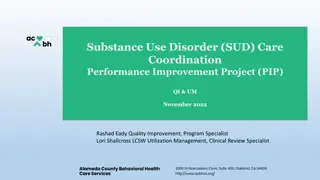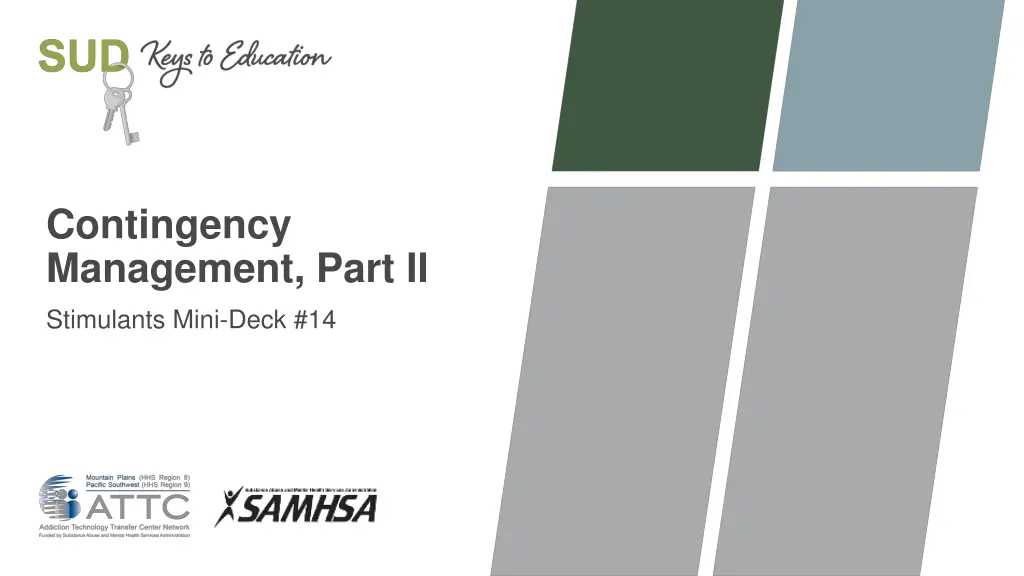
Understanding Contingency Management for Stimulant Use Disorder
Learn about the theory behind contingency management for substance use, how it is applied in practice, and recommendations for safe harbor requirements. Contingency management involves using positive reinforcement to encourage desired behaviors, such as submission of stimulant-free urine samples, in the treatment of stimulant use disorder. Challenges in implementing contingency management include addressing staff resistance and ensuring motivation comes from within. Safe harbor recommendations emphasize the importance of documenting incentives, evaluating outcomes, and avoiding tying CM visits to other billable encounters.
Download Presentation

Please find below an Image/Link to download the presentation.
The content on the website is provided AS IS for your information and personal use only. It may not be sold, licensed, or shared on other websites without obtaining consent from the author. If you encounter any issues during the download, it is possible that the publisher has removed the file from their server.
You are allowed to download the files provided on this website for personal or commercial use, subject to the condition that they are used lawfully. All files are the property of their respective owners.
The content on the website is provided AS IS for your information and personal use only. It may not be sold, licensed, or shared on other websites without obtaining consent from the author.
E N D
Presentation Transcript
Contingency Management, Part II Stimulants Mini-Deck #14
What is the Theory behind Contingency Management? Substance use is maintained in part through operant conditioning euphoria provides positive reinforcement Alleviation of withdrawal symptoms provides negative reinforcement (increasing a behavior by away something aversive) Thus, we need a reinforcement paradigm powerful enough to combat the positive and negative reinforcement that keeps people who use stimulants coming back for more 2 SOURCE: NIDA, 2010.
What is Contingency Management? A technique employing the systematic delivery of positive reinforcement for desired behaviors. In the treatment of stimulant use disorder, vouchers or prizes can be earned for submission of a stimulant-free urine sample. 3 SOURCE: NIDA, 2010.
CM in Practice: Challenges Must be simple Readily observable Easy to track target behaviors Little burden on the counselor or administrative staff (cannot reward patients and punish staff) 4 SOURCE: NIDA, 2010.
CM in Practice: More Challenges Addressing Staff Resistance Patients should not have to be paid or bribed; recovery is the reward Motivation needs to come from within Reframe CM as an engagement and retention technique along with other traditional behavioral interventions and approaches 5 SOURCE: NIDA, 2010.
CM Recommendations for Safe Harbor Requirements Do not advertise the use of incentives as part of treatment Document need for CM in treatment plan (i.e., client has a moderate or severe stimulant use disorder) Use a research-based CM protocol Carefully document that incentives are linked to client outcomes by carefully documenting each urine drug test result and corresponding incentive that was given for the negative test Regularly evaluate the impact of CM on client outcomes and implement quality improvement procedures to document CM effectiveness Avoid tying CM visits with another Medicaid/Medicare billable encounter Some of these rules may be modified from programs with CMS approval to conduct CM services as a Medicaid/Medicare benefit; any adaptation should be done in careful consideration from state regulatory authority. 6 SOURCE: 42 CFR 1001.952(II)(1)(iii).


